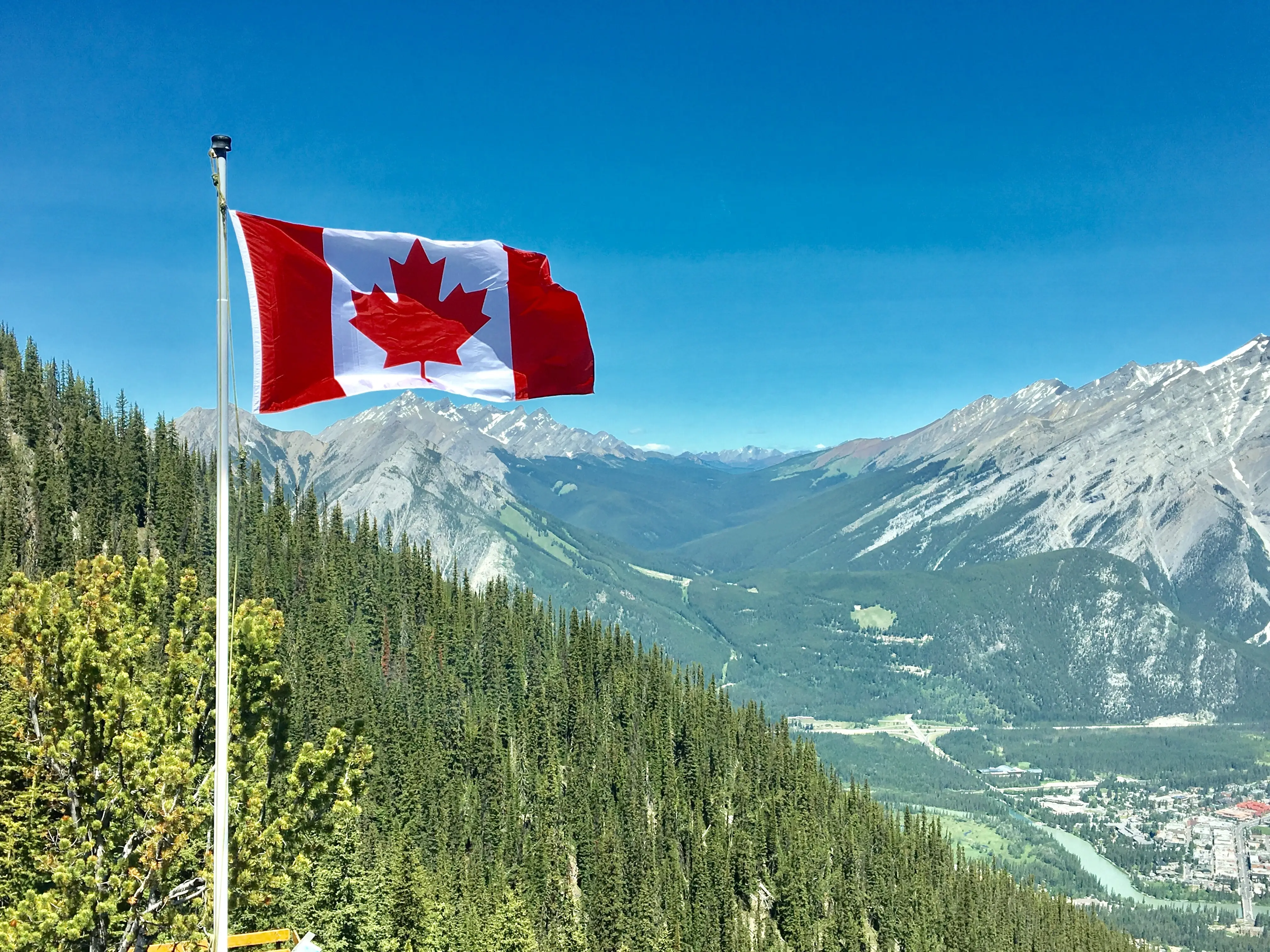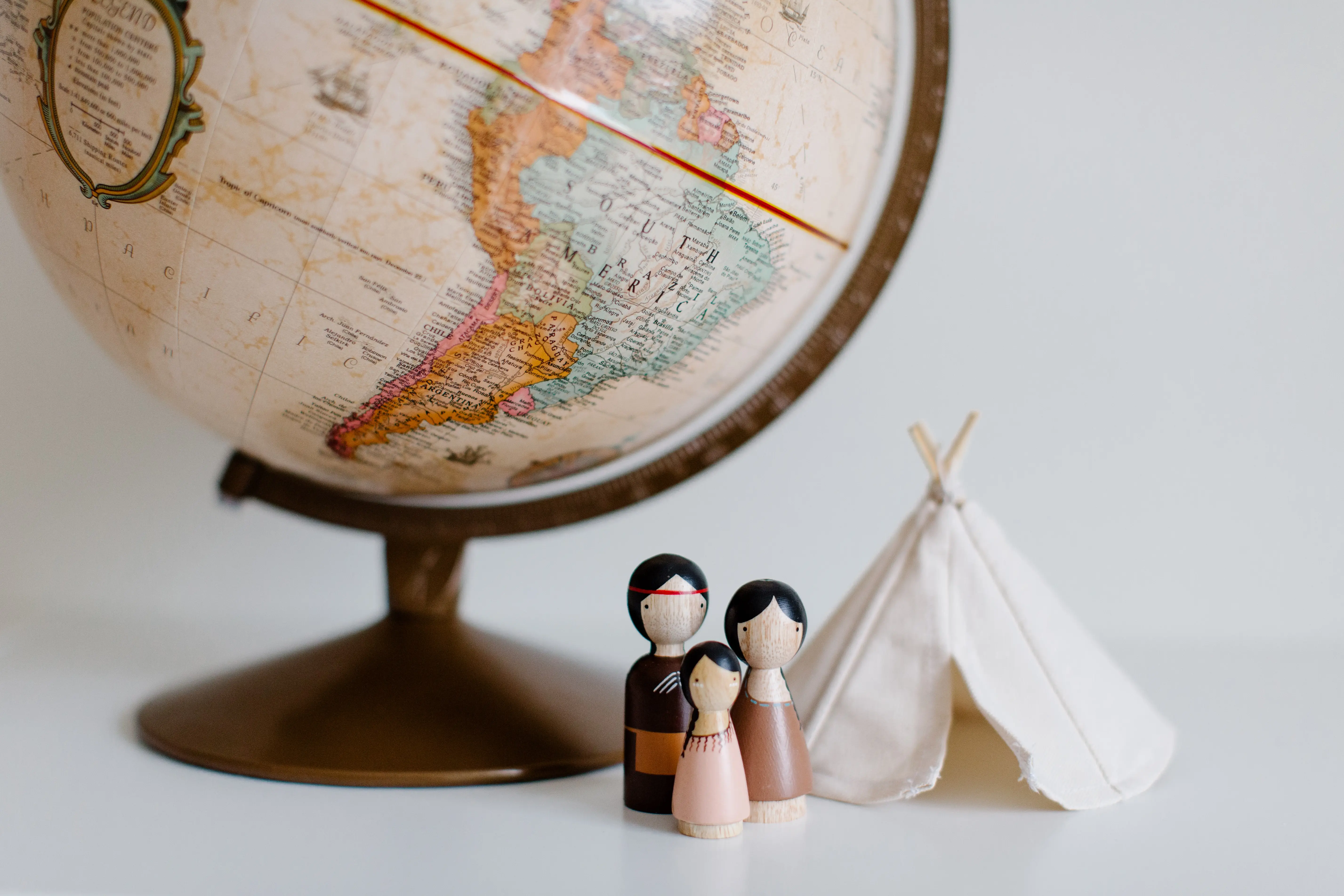Introduction
The Metis are aboriginal people recognized by the Canadian constitution alongside other indigenous groups: Inuit and First Nations. The Metis enjoys mixed European and Indigenous ancestry. It is generally documented that being a Metis goes beyond having mixed heritage. The Metis are a distinct group of indigenous people who enjoy a disparate way of life, customs, and identity, dissimilar from their ancestral roots (Andersen, 2014). Not all Canadians with mixed ancestry are Metis. What differentiates the Metis from the Inuit and First Nation persons is their unique culture. However, the identity of the Metis is founded on several heuristics and biases of knowledge and perspective.
The Current State of Cultural Identity in Canada
As revealed by the 2016 Canadian census report, the population of the Metis was estimated at 587,545 people (Sheppard et al., 2017). The Metis were first recognized as Canadian citizens with rights under Canadian law in 1982. The Metis National Council (MNC) defines “Metis” as individuals who self-identify with the group, are different from other indigenous groups, share a common ancestry and are recognized by the Metis Nation (Sheppard et al., 2017). The MNC locates the Metis homeland in the northern United States, Northwest Territories, British Columbia, parts of Ontario, and the three Prairie provinces. Some of the factors that shape the Metis identity are the extensive network of kin relations, common political tradition, history, and shared culture. The Metis also speak a common language referred to as Michif, a mixture of French and Cree (Bird, 2011). The Canadian courts, provincial and federal courts generally accept MNC’s position regarding the Metis. The formation of culture-based identities follows the anchoring heuristic principles. The Metis overestimate the likelihood, frequency, or causal impact of cultural aspects that they choose to focus their attention on. However, anchoring heuristic serves as “an adaptive toolbox,” that prevent the community to think about the future.
The Metis are believed to descend from European fur traders and aboriginal women in the Red River region located in Manitoba province. This group of indigenous people enjoyed a distinct and colorful culture observable in their dancing styles, music, artwork, and clothing. Again, the Metis opposed the Canadian seizure of the Northwest in 1869 and formed an interim government led by Louis Riel (1844-1885). This occurrence marks some of the struggles that the Metis went through (Aylwin, 2014). This provisional government oversaw the unification with Canada and led to the founding of Manitoba province. The Metis were first accorded citizenship rights in 2003, where they were officially documented as an aboriginal group in the country as the other groups. Failure of the Canadian government to offer aboriginal right to the Metis constitute a bias of knowledge and perspective as the other indigenous Canadian groups did not fully appreciate the cultural identity and way of life of the Metis (Bird, 2011). The Canadian system believes that the Metis, who practice some European descent cultures, were not equal to the other indigenous groups.
The Powley Test, used to ascertain Metis identity by gauging community acceptance, ancestral connection, and self-identification, amount to representativeness heuristics. This form of heuristics is prone to prediction problems. The Powley Test was established by Canadian courts to constitute a framework for determining who was Metis and who was not (Sheppard et al., 2017). The court uses this test to determine what constitutes a metis right based on ten components. The “Powley” also sets a process to categorize individuals entitled to Metis right. According to Powley, a person must 1) be accepted by the Metis community, 2) have an ancestral association to the Metis community, and 3) self-identify as Metis (Bird, 2011). The set of aspects that the courts focus on in determining Metis identity are founded on anchoring heuristic aspects. According to cognitive psychologists, test models founded on anchoring heuristics make it difficult for individuals to generate new ideas or see alternative solutions.
Comparison of the Issue with Another Culture
The First Nations form the biggest amboriginal group of people in Canada. The First Nations people, who were the original inhabitants of Canada, currently enjoy over 600 recognized governments spread across Canada. Unlike the Metis, the First Nation group comprises several tribes such as the Pacheenaht, Chipewyan, Mahawk, Sioux, and Blackfoot, which have distinct cultural identities (Aylwin, 2014). The First Nations overcome knowledge and perspective biases to appreciate their different cultures and form one larger aboriginal group. The First Nations are people of Indian descent who believe in having a special connection to nature. The primary source of livelihood for the First Nation individuals is hunting and gathering. This indigenous group only takes what they need from their environment and preserves the rest for future generations. However, representativeness heuristics are used to define the rights of the First Nations. In this case, the First Nations use the Van der Peet Test to define their claims to rights, similar to the Powley Test used by the Metis (Wilson, 2005). Representative heuristics helps people to make decisions by comparing scenario information to the existing stereotypes or prototypes. The First Nations’ identities are predetermined by their lineage and, therefore, succumb to anchoring heuristics. Again, leaders among the First Nations were selected based on their hunting skills, which is likely irrelevant to consider in determining leadership qualities.
A Comparison of the Issue with Another Country
The formation of identities in the United States takes on anchoring heuristic dimensions where people primarily focus on values and qualities of choice. Cultural groups in the United States are founded on skin color leading to the formation of social groups such as Blacks, Whites, Latinos, and Hispanics. People of the same race are believed to have a common descent and share cultural practices (Miller et al., 2018). Unlike in Canada, cultural identities only influence political decisions but do not significantly influence the legal decision as equality is highly advocated. The United States comprises multiple ethnic groups which practice dissimilar cultural practices. Social factors in the United States are significantly founded on availability heuristic where people overestimate the frequency, likelihood, or causal impact of things such as crime, ethnicity, and terrorism. However, most Americans strive to overcome the biases of knowledge and perspective and live together as a nation giving equal opportunities to all individuals to pursue the American dream (Miller et al., 2018).
Recommendations
Canada can make things better by adopting democratic practices to ensure equitable representation of the Inuit, First Nations, and Metis in national affairs. Canadians should be taught the significance of embracing and appreciating cultural diversity rather than using cultural identity to determine legal and political decisions. Canada should embrace nationhood and preserve the cultural heritage of each aboriginal group while guiding people to appreciate the lifestyle of each indigenous group (Bird, 2011). While anchors effectively guide decision-making, people should learn to question standard models used in the Canadian community to promote quality decision-making. Psychologists argue that anchors yield multivariate estimates, which are inclined towards the initial number or value. Collaboration is needed in western and indigenous world views to build a level of consciousness that allows people to exercise responsibilities towards each other while appreciating their cultural heritage.
Conclusion
The Canadian government actively works to preserve aboriginal Culture and art where indigenous social groups such as the First Nation, Inuit, and the Metis are allowed to form their cultural identity and uphold their cultural heritage. For instance, the Metis have been given the leeway to establish themselves as people of distinct culture and identity and allowed to form a provincial government. However, Cultural diversity should be regarded as a critical social resource and should not be used to promote political, economic, or legal biases. Identities do not exist before they are constructed and are shaped partly by misrecognition by others, absence of recognition, or recognition. Cultural identity has three elements: external identification, community identification, and self-identification. Self-identification is a major aspect in the formation of the Metis cultural identity (Wilson, 2005). Growing negativity towards aboriginal cultural practices has a profound negative influence on the construction of positive identity among young Canadian generations. Therefore, Canada should seek to establish an alternative form of identity, national identity, which allows for equal representation and inhibits common biases and erroneous heuristics.
References
Andersen, C. (2014). Métis: Race, recognition, and the struggle for Indigenous peoplehood. ubc Press.
Aylwin, N. (2014). 17 cultural diversity: A central dimension of Canadian cultural heritage? Dynamic Fair Dealing, 225-236. https://doi.org/10.3138/9781442665613-018
Bird, E. K. R. (2011). Health, education, language, dialect, and culture in First Nations, Inuit, and Métis communities in Canada: An overview. Canadian Journal of Speech-Language Pathology and Audiology.
Miller, A. L., Berlo, J. C., Wolf, B. J., & Roberts, J. L. (2018). American Encounters: Art, History, and Cultural Identity.
Sheppard, A. J., Shapiro, G. D., Bushnik, T., Wilkins, R., Perry, S., Kaufman, J. S., … & Yang, S. (2017). Birth outcomes among First Nations, Inuit, and Metis populations. Health Rep, 28(11), 11-6.
Wilson, K. (2005). Ecofeminism and First Nations Peoples in Canada: Linking culture, gender, and nature. Gender, Place & Culture, 12(3), 333-355.










